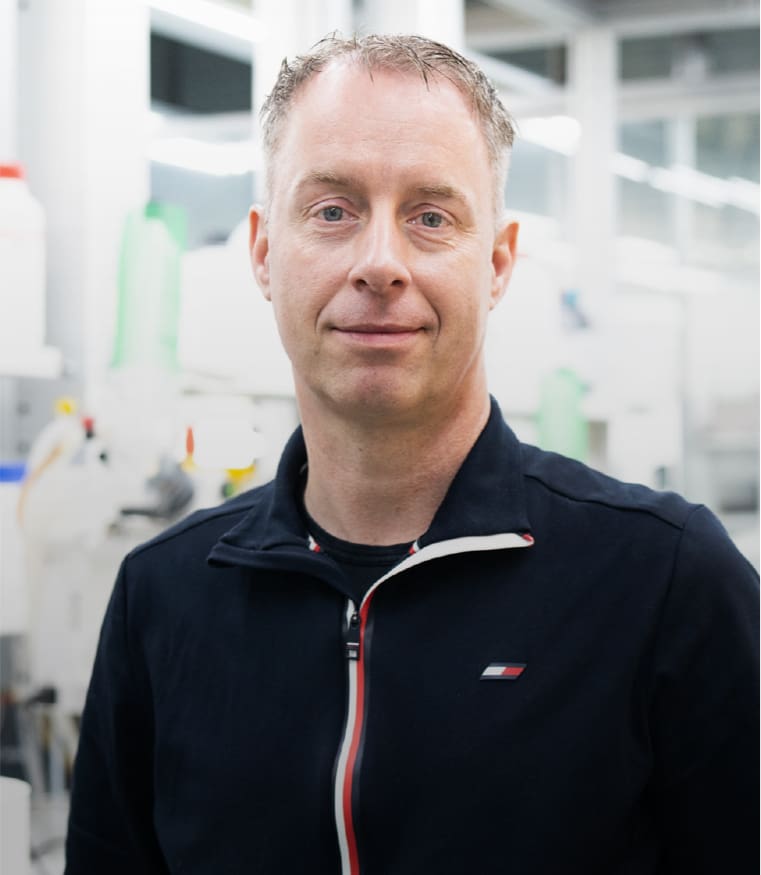Renewable Beta-Elemene based Cyclic Carbonates for the Preparation of Oligo(hydroxyurethane)s
We report on the conversion of β-elemene into new β-elemene dicarbonates via epoxidation and halide salt-catalyzed CO 2 cycloaddition reactions. Step-growth polyaddition of this dicarbonate to five different, commercial diamines was investigated under neat conditions at 150 ºC yielding non-isocyanate-based low molecular weight oligo(hydroxyurethane)s with 1.3 ≤ Mn ≤ 6.3 kDa and 1.3 ≤ Ð ≤ 2.1, and with glass transition temperatures ranging from −59 to 84 ºC. The preparation of one selected polyhydroxyurethane material, obtained in the presence of Jeffamine® D-2010 was scaled-up to 43 g. The latter, when combined in a formulation using Irgacure® 2100 and Laromer® LR 9000 allowed the preparation of coatings that were analyzed with several techniques showing the potential of these biobased oligourethanes towards the preparation of commercially relevant materials.

Maquilón, C.; Brandolese, A.; Alter, C.; Hoevelmann, C.; Della Monica, F.; Kleij, A. W.
ChemSusChem 2022
DOI:
10.1002/cssc.202201123

Let's create a brighter future
Join our team to work with renowned researchers, tackle groundbreaking
projects and contribute to meaningful scientific advancements




















